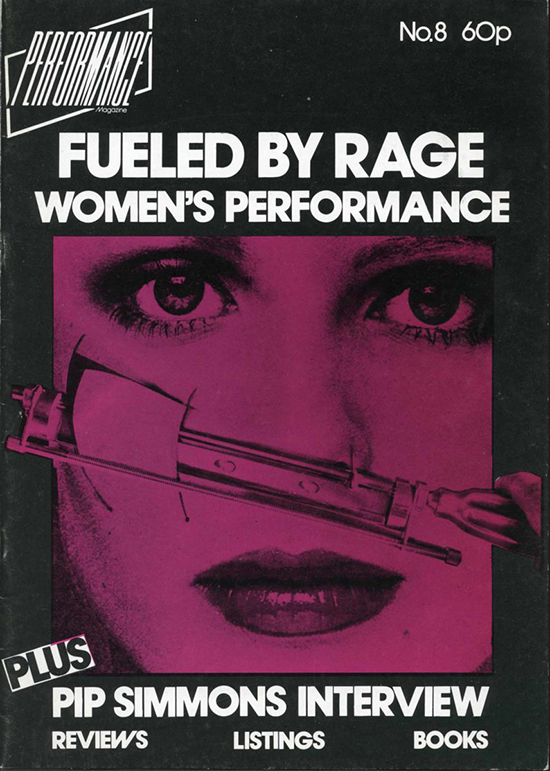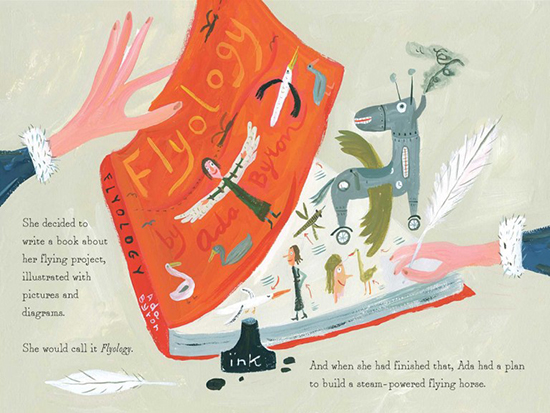THE LOOP
26 April 2017

Performance magazine
In a time when so much arts critical writing is under threat, Lauren finds inspiration in seeing how things were done in the past. The digitised version of UK’s Performance Magazine (1979-1992) was launched in Hull in March and will have a London launch on 27 April. The resulting website is a huge trove of energy and information, archiving 15 years of live, performance, technological and weird art. Even just at the level of design, it’s a wonderful resource, but it also shows how artists of yesterday answered questions that are still being pondered today. Consider this writer’s contemplation in issue 5, 1980, of what technological art can achieve in a “country of unichannel monochrome.”
“When artists use new technology, are they being gimmicky, boring, or are they just doing what comes naturally? If you put video art on television will everyone switch off? Will performance art, as the New Musical Express suggests, be the pop ‘thing’ of the eighties. Have the long succession of tapes watched in back rooms of small galleries merely provided groundwork for the Kenny Everett Video show, Top of the Pops and Saturday morning children’s fun shows? These are questions I ask myself as I stand perusing the ‘Computer Art’ display (this exhibit out of order) in the Science Museum on a Sunday afternoon, prompted by memories of keen technology fever as a bright eyed ten year old innovation fanatic sweating over suggestions of ‘Three-Dee Colour TV’ in a country of limited unichannel monochrome.”
The Games
The ABC iView gods have bestowed something amazing upon us: John Clarke’s classic mockumentary sitcom The Games (Series 1, 1998). Each episode critiques a standard format of political performance and language—the press conference, the talkback radio interview, the government TV advertisement. All up, it amounts to a forensic dissection of the bullshit theatre of contemporary politics.

Poet of Science, Diane Stanley
Who are our cultural heroes? And how do writers and artists represent them? Maria Popova’s website Brain Pickings has a great piece on the beautifully illustrated children’s book Ada Lovelace, Poet of Science, by Diane Stanley for ages 4-8. The illustrations, by Jessie Hartland, are witty and deft in their characterisation of the world’s first computer programmer and her contributions to science and technology. Here’s a bite of Popova’s commentary:
“One of the most interesting and timeless aspects of Lovelace’s story is that her foray into programming bore the mark of what Albert Einstein called ‘combinatory play,’ which he considered the key characteristic of how his mind worked and which bespeaks the combinatorial nature of all creativity—the ability to connect the seemingly unconnected by cross-pollinating questions and insights across disparate domains to create something entirely novel.”
–
RealTime issue #138 April-May 2017







